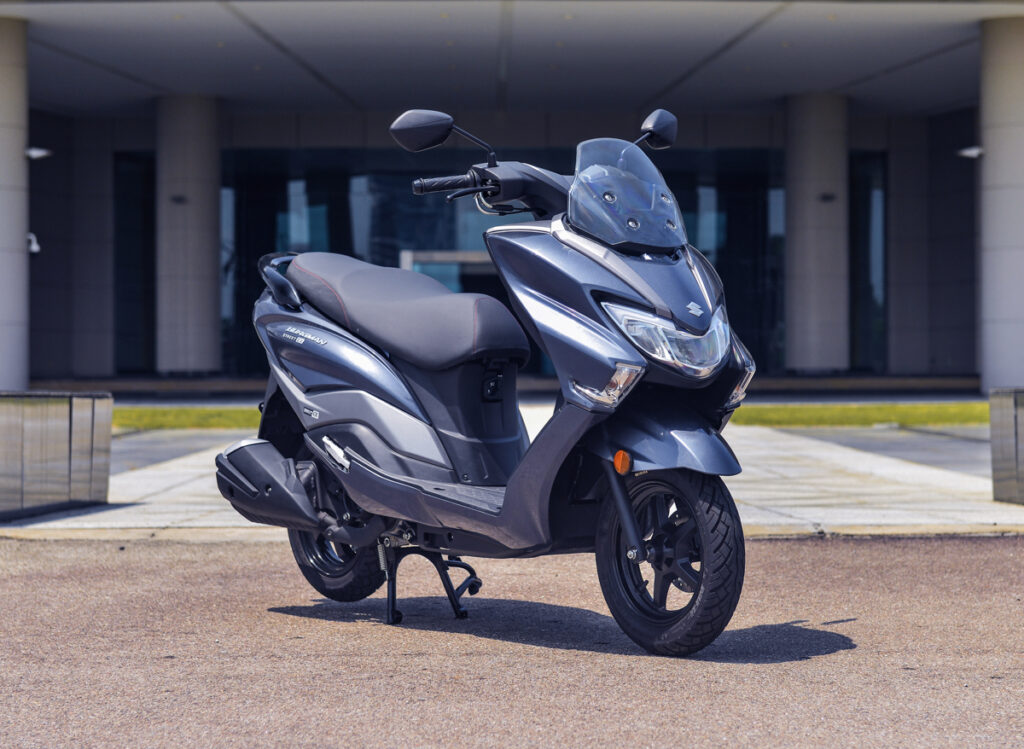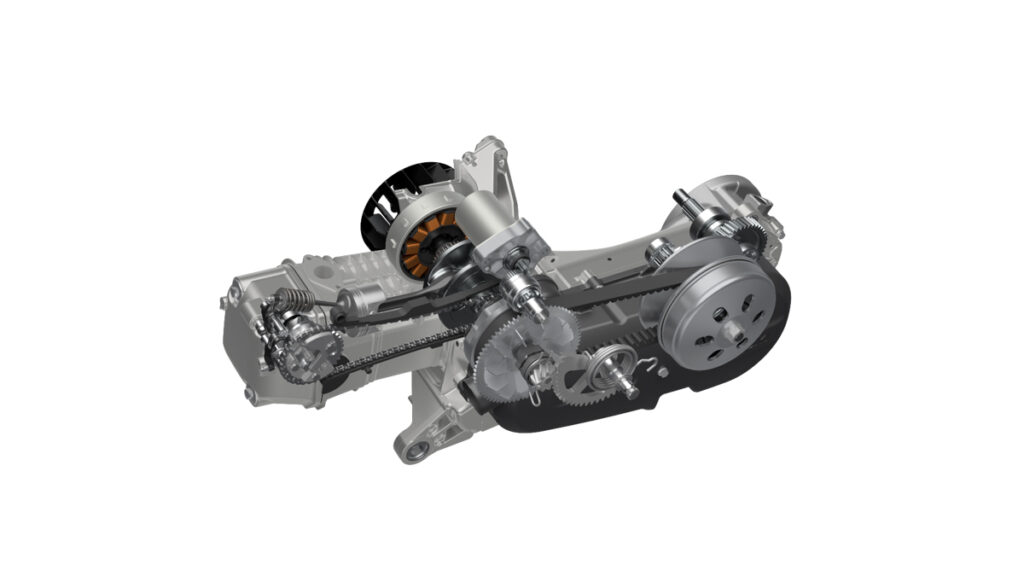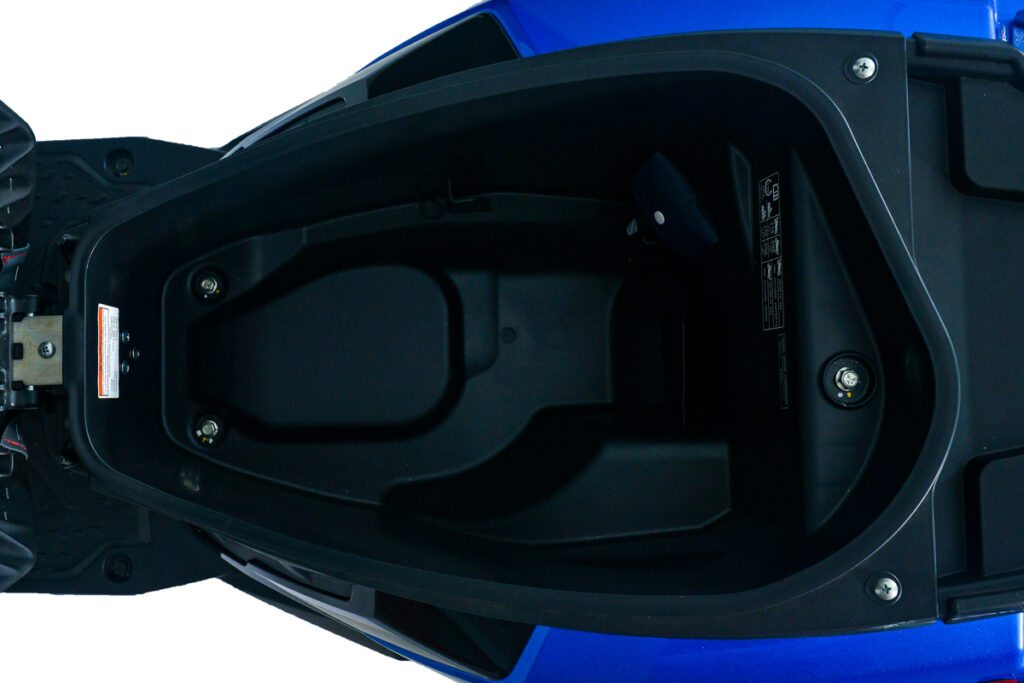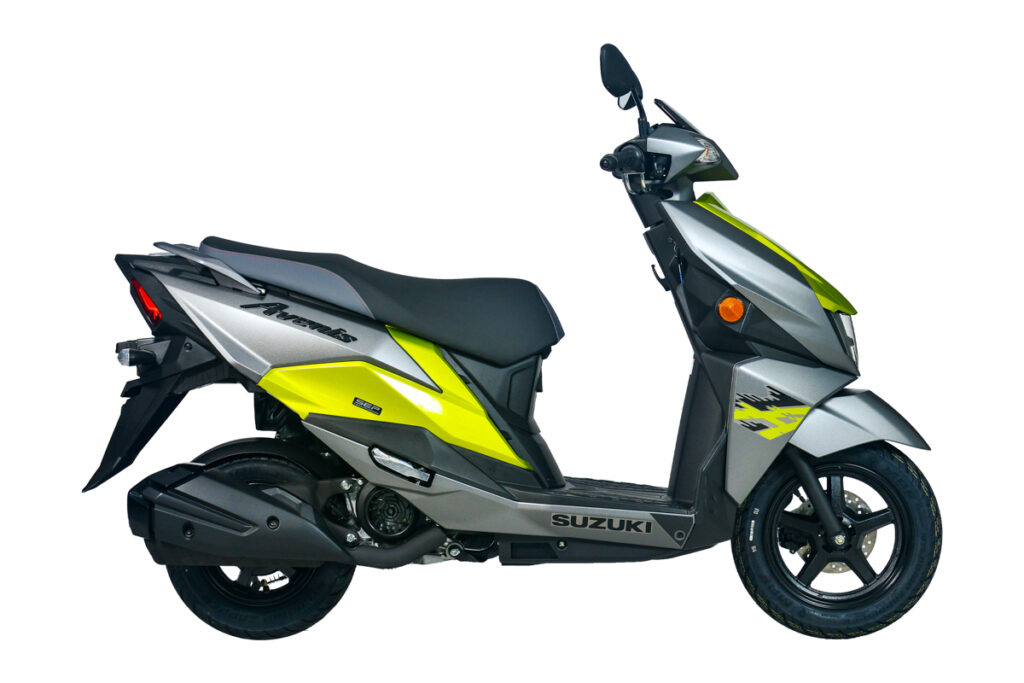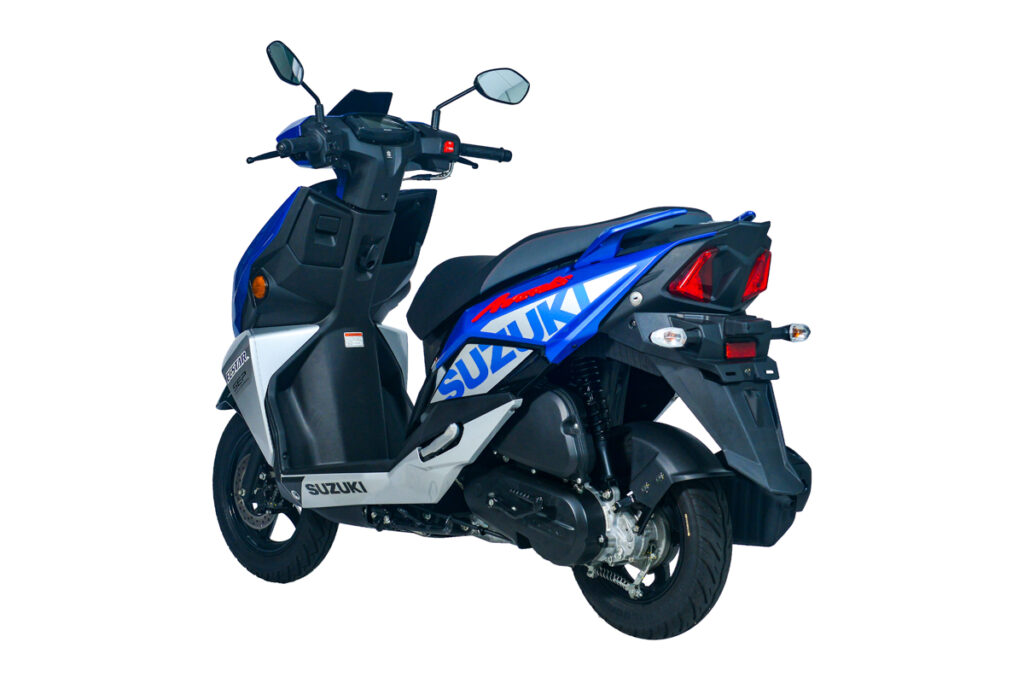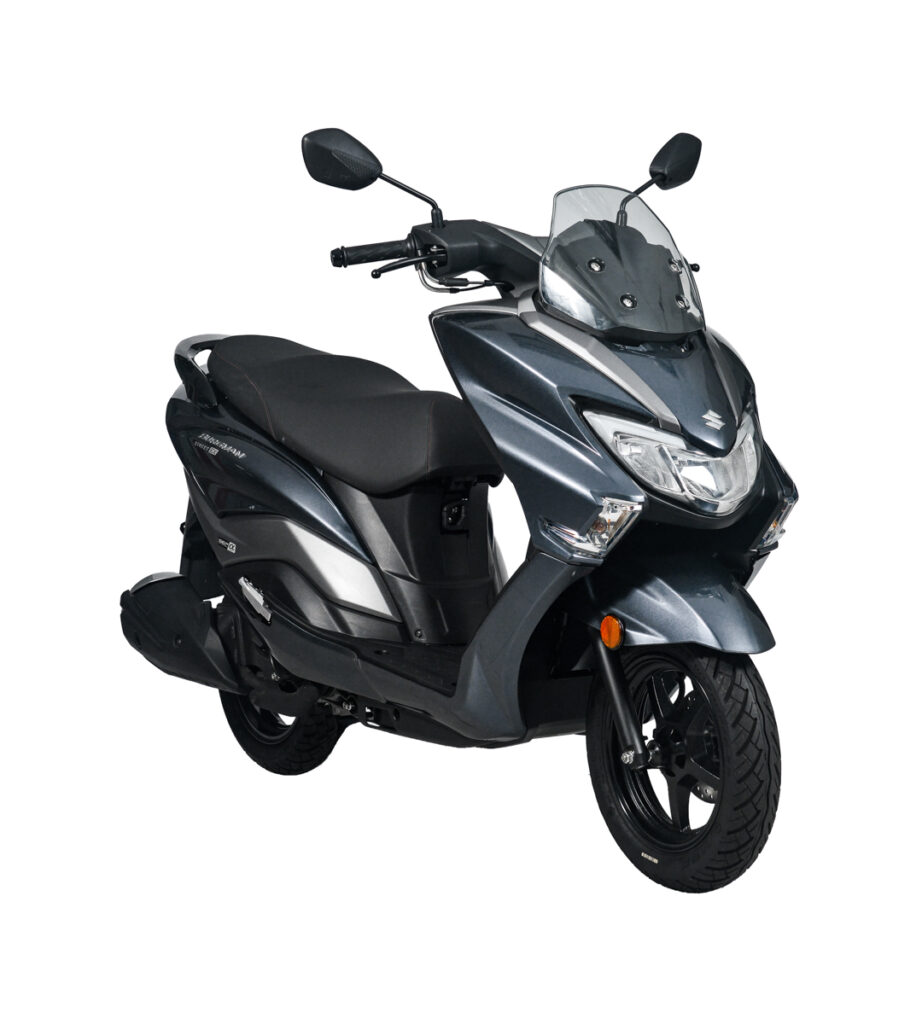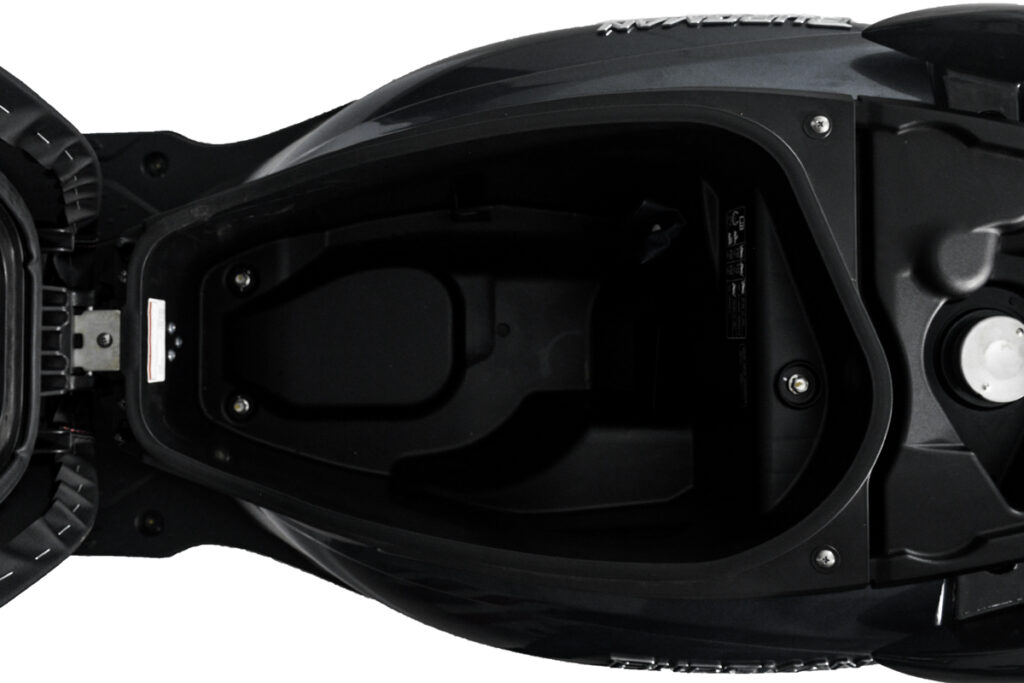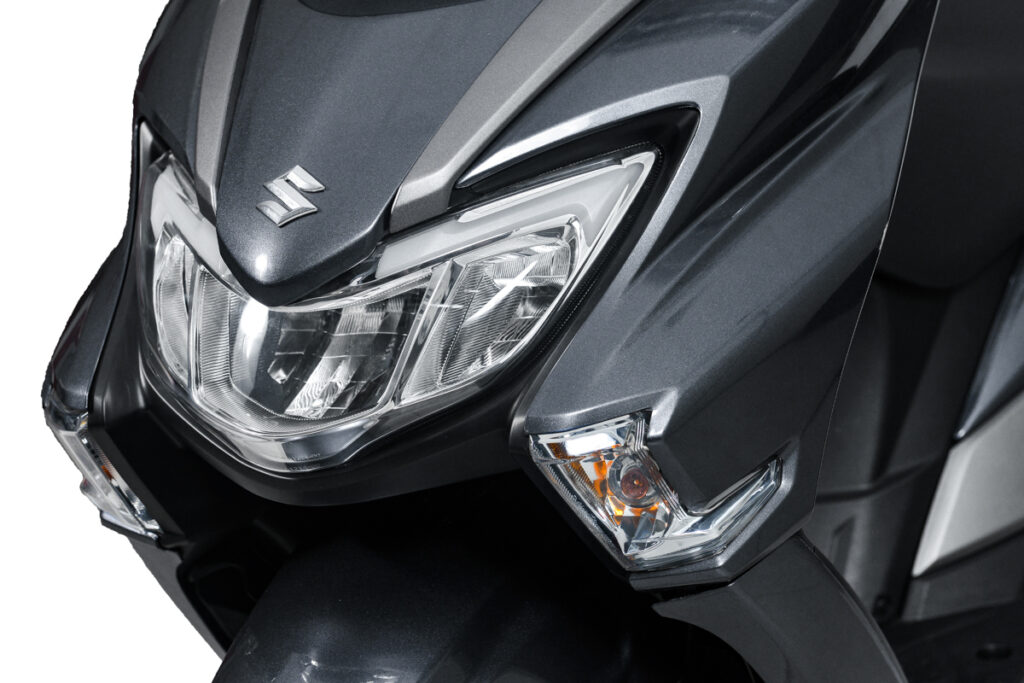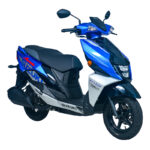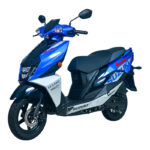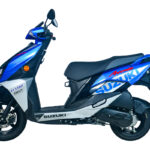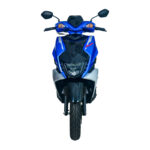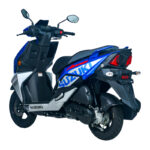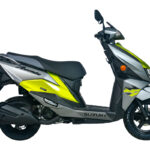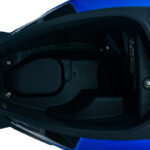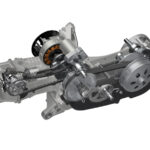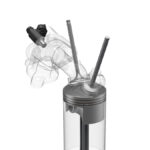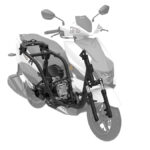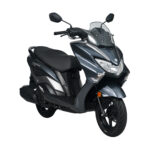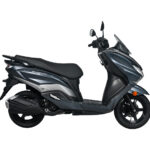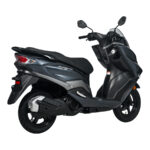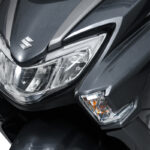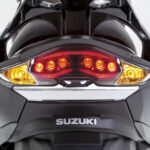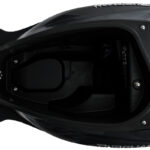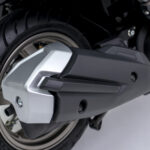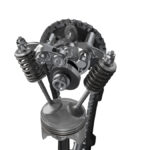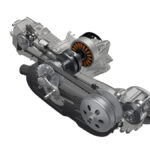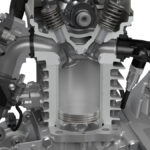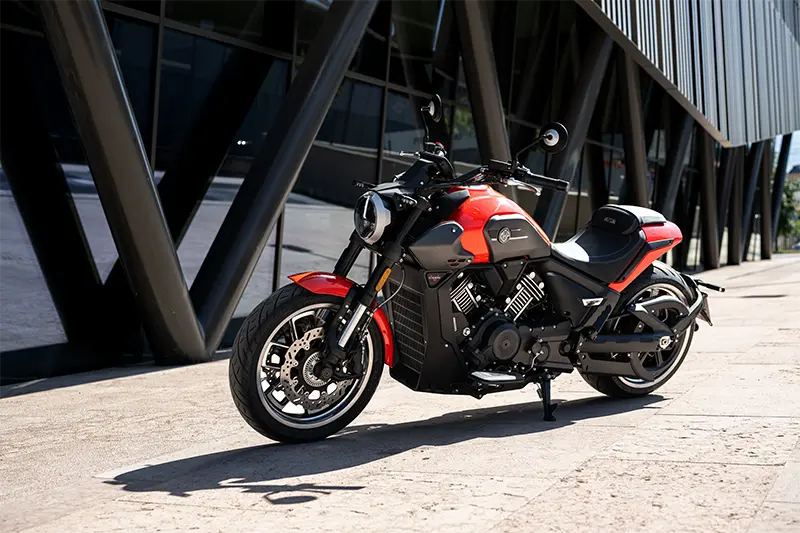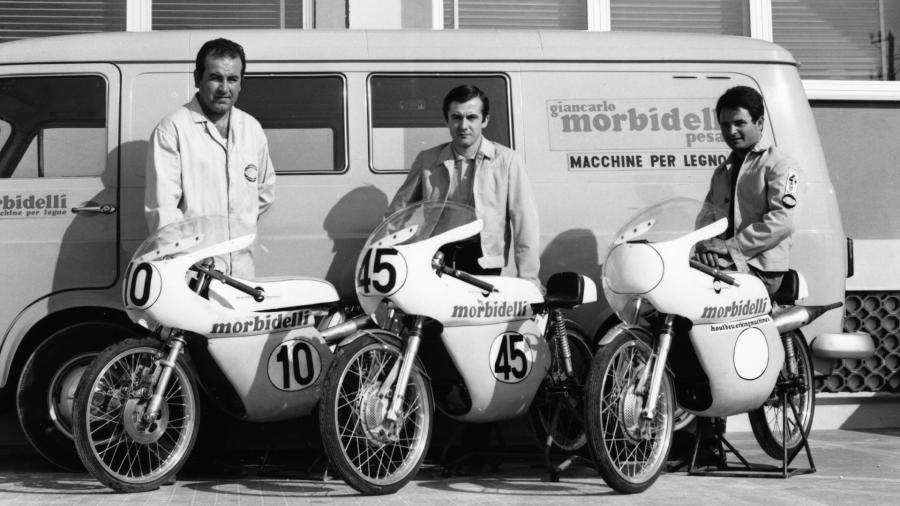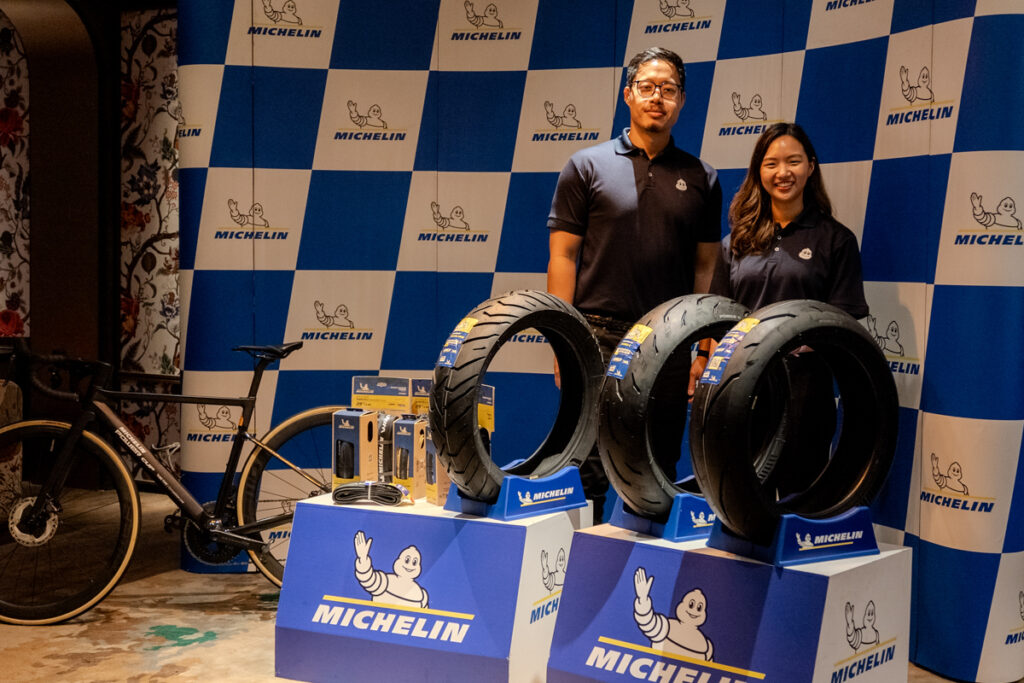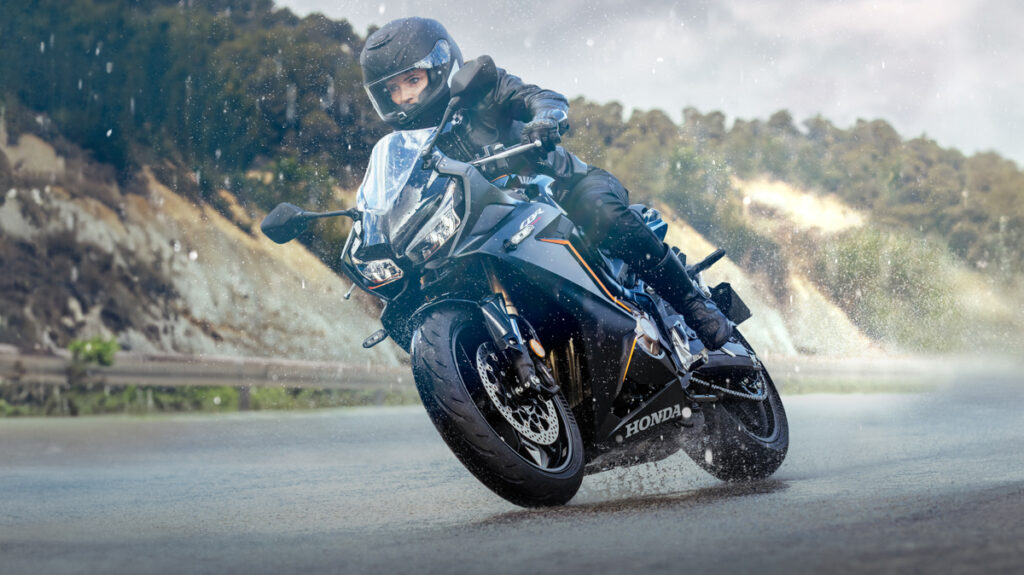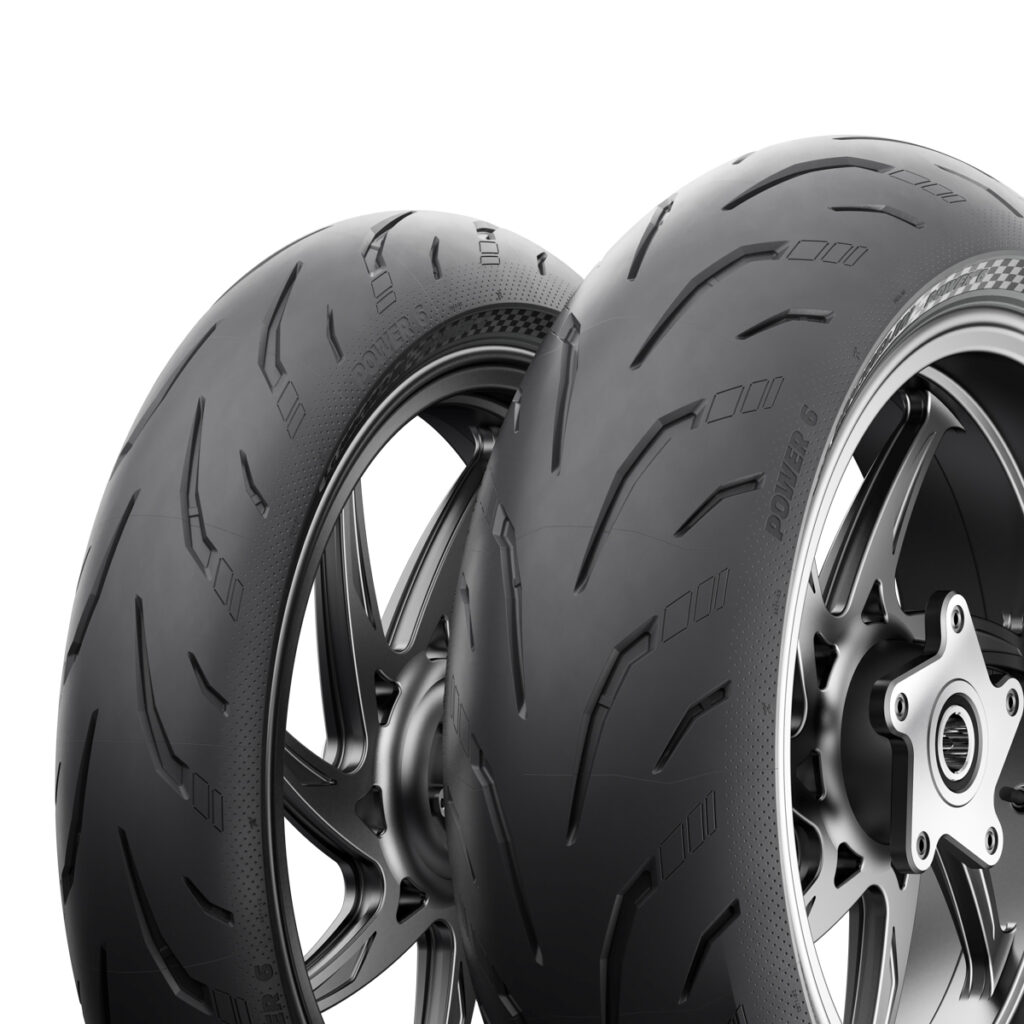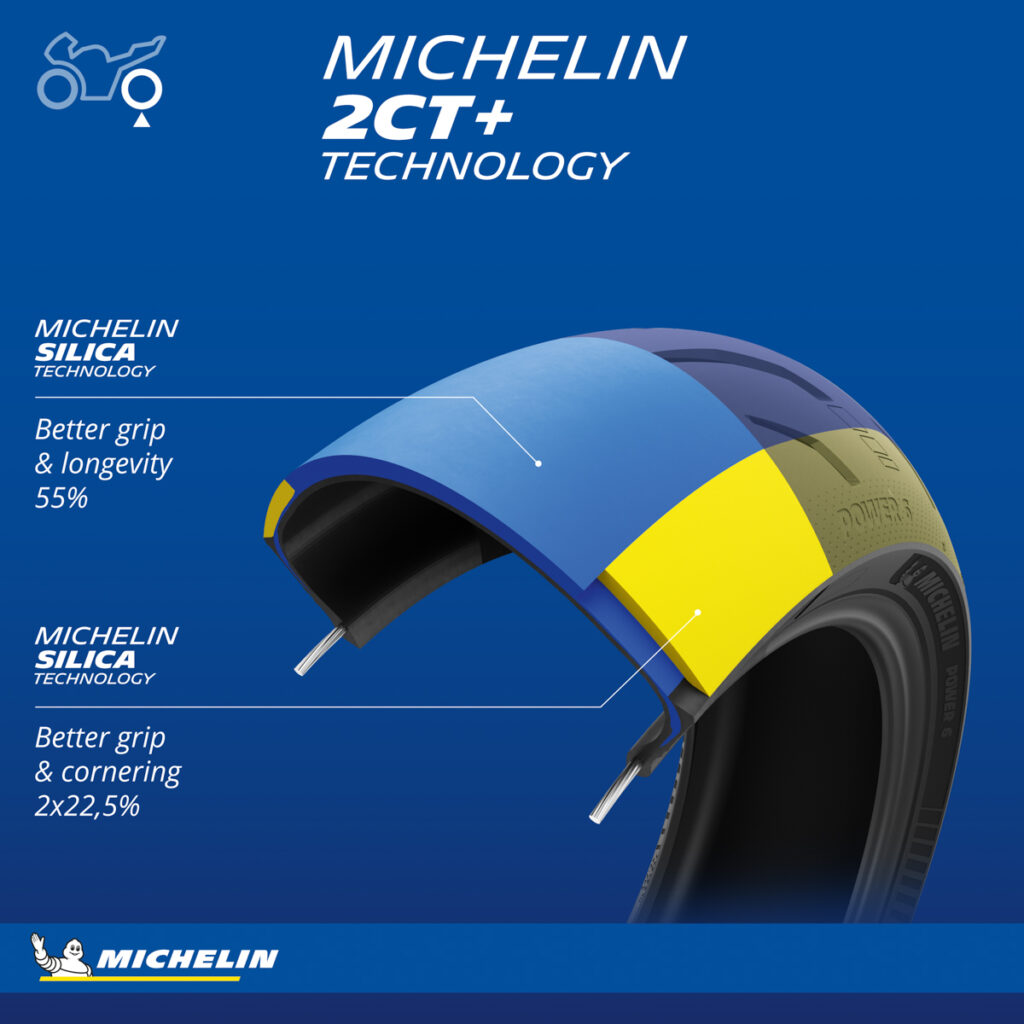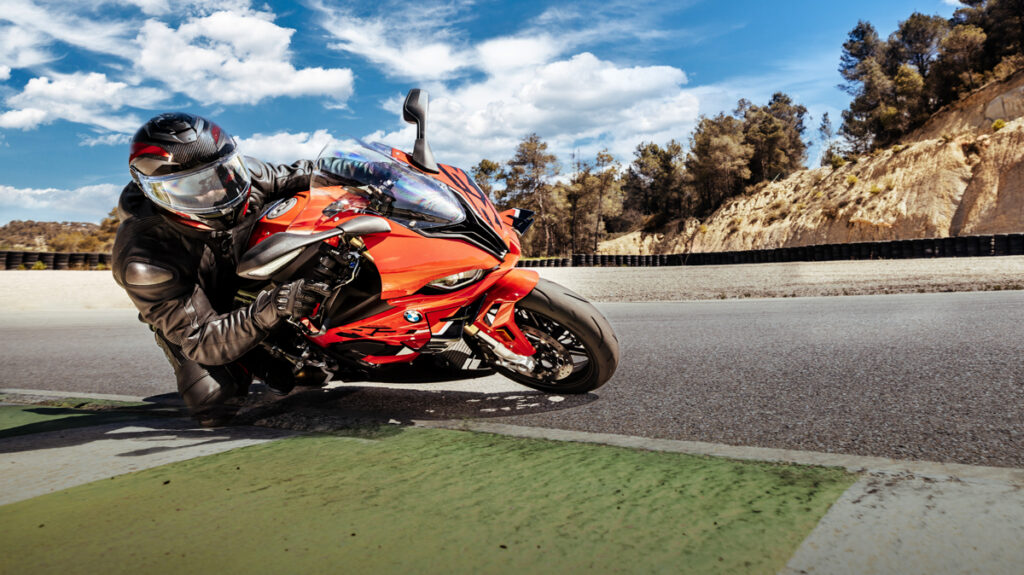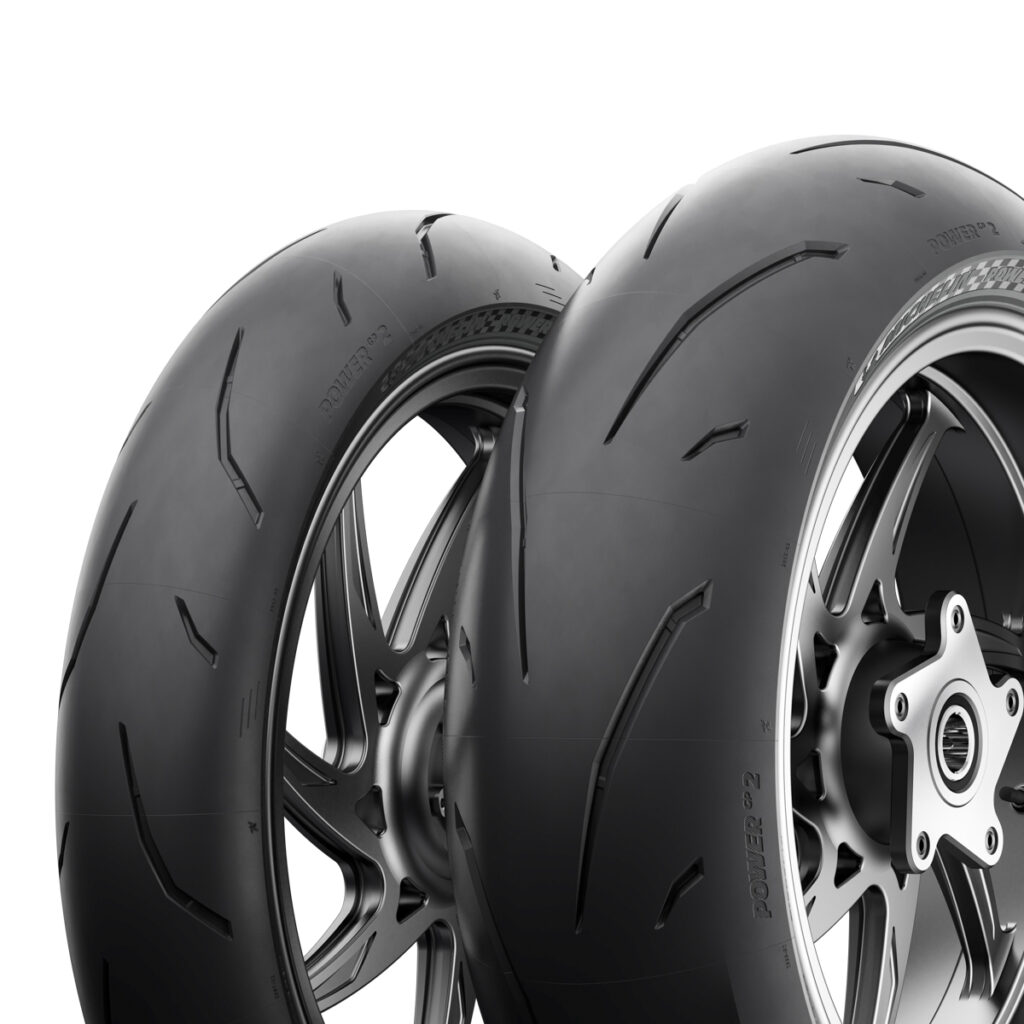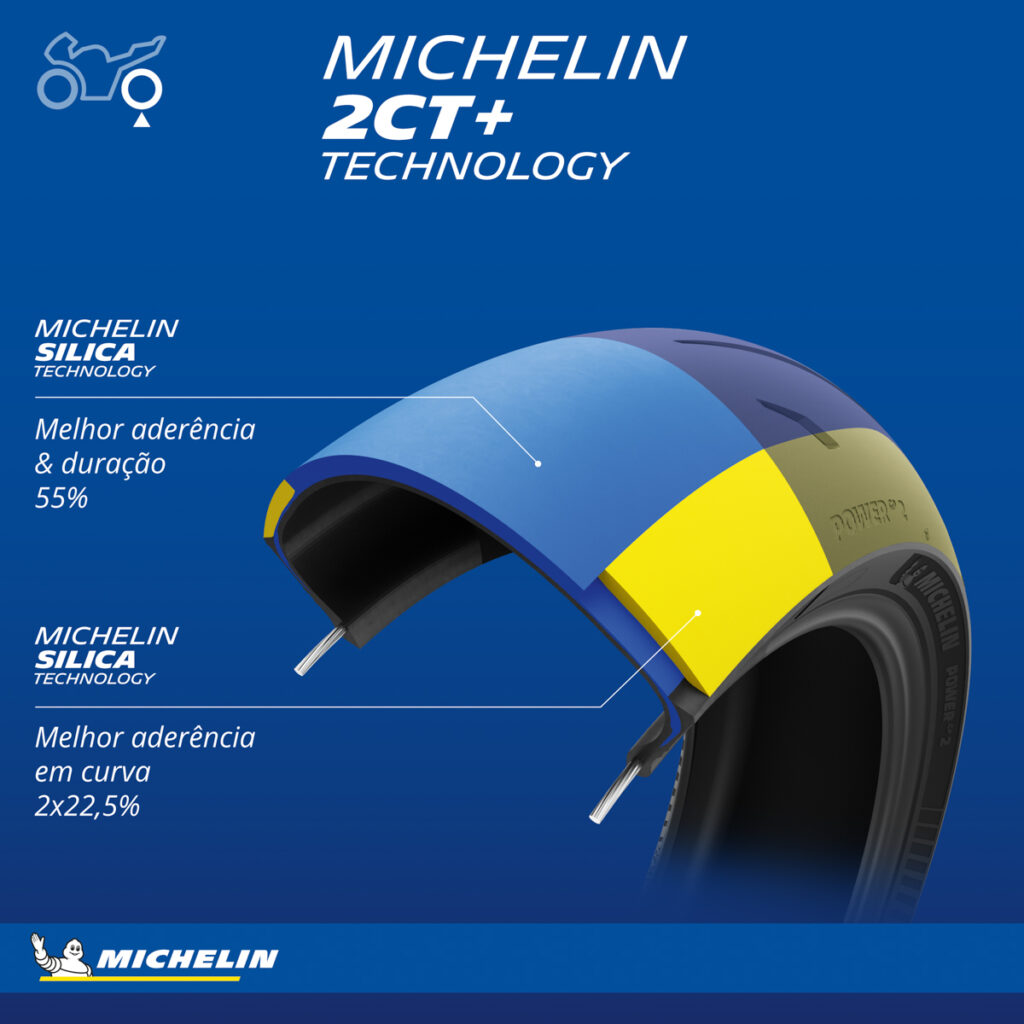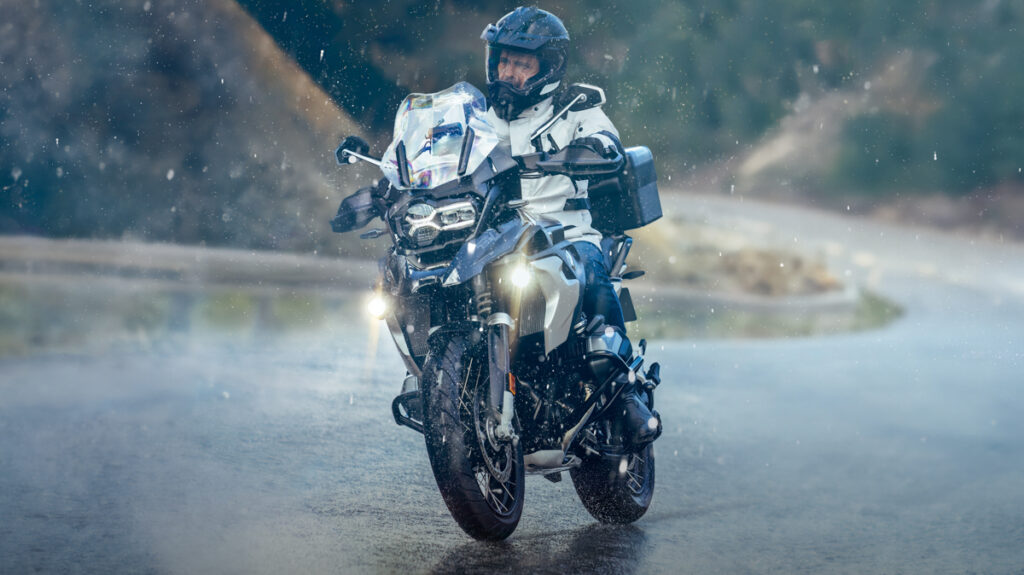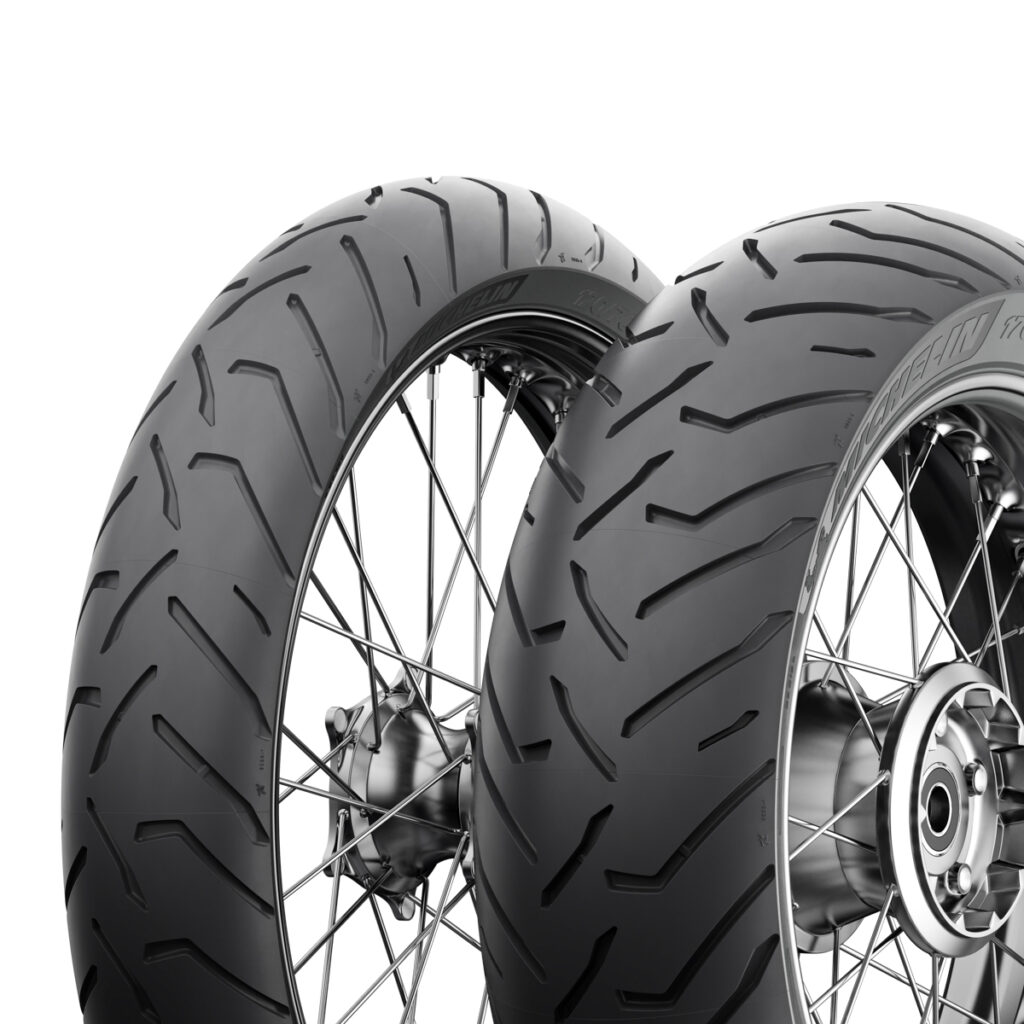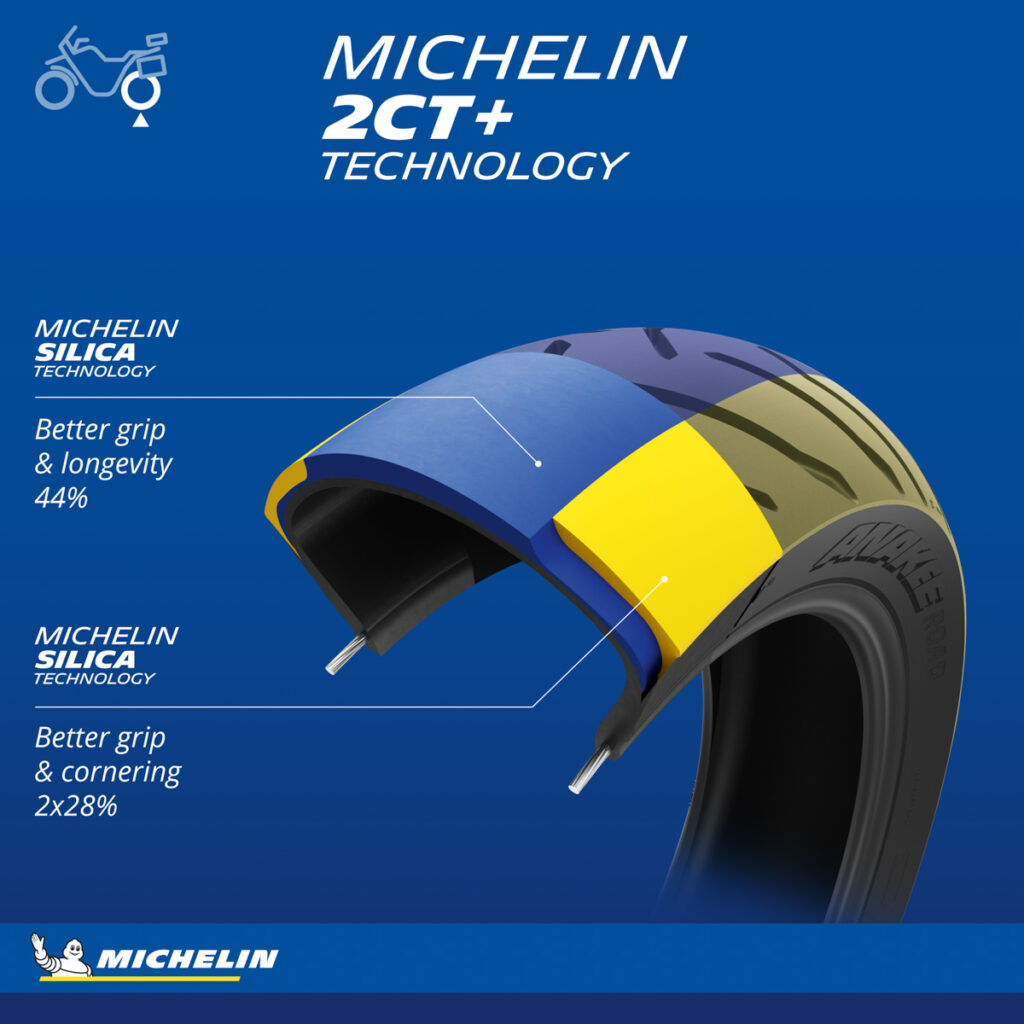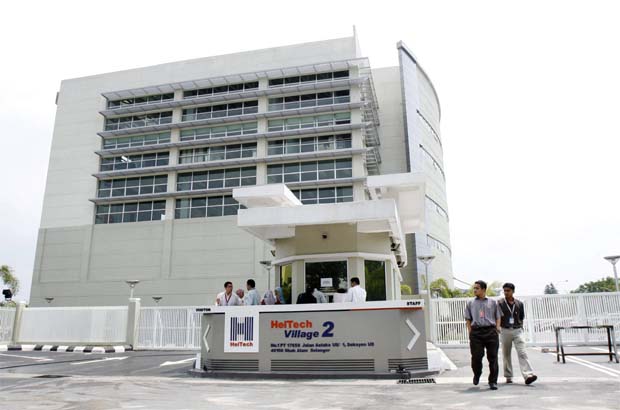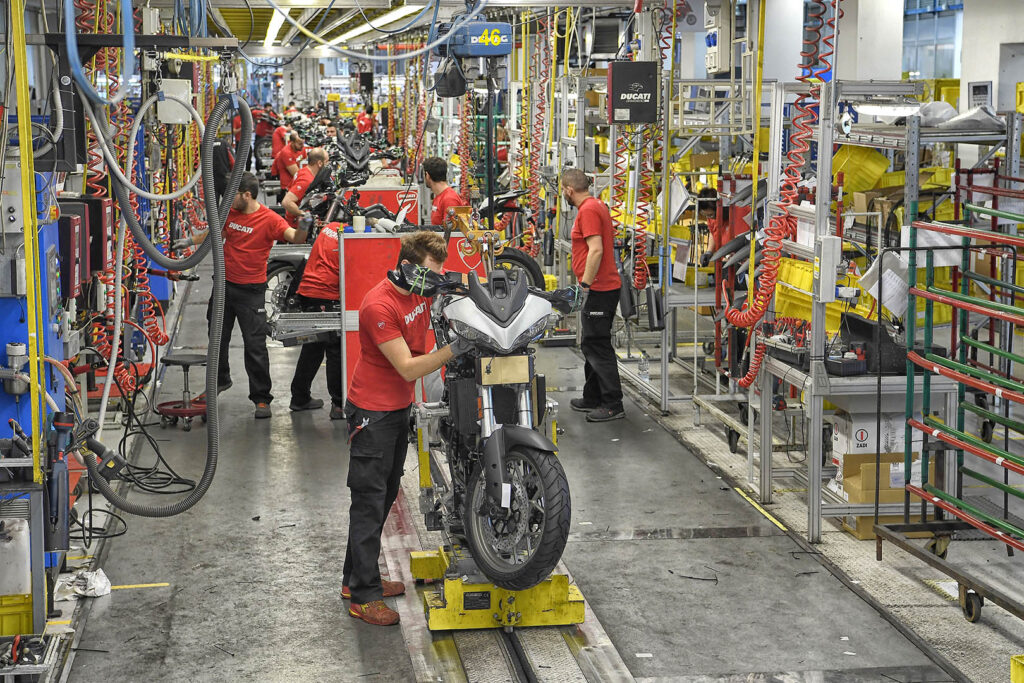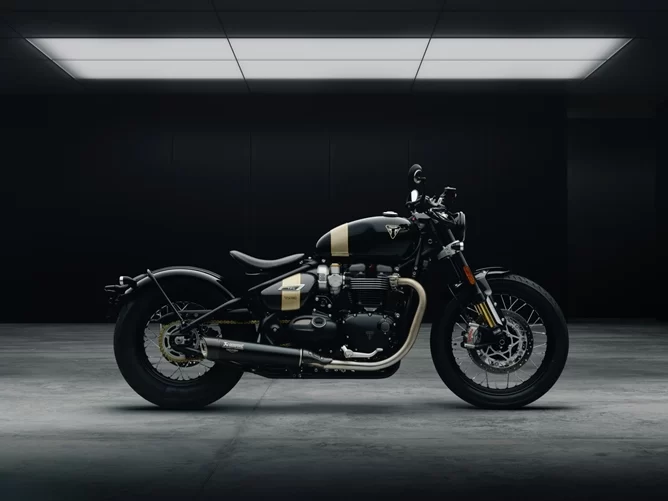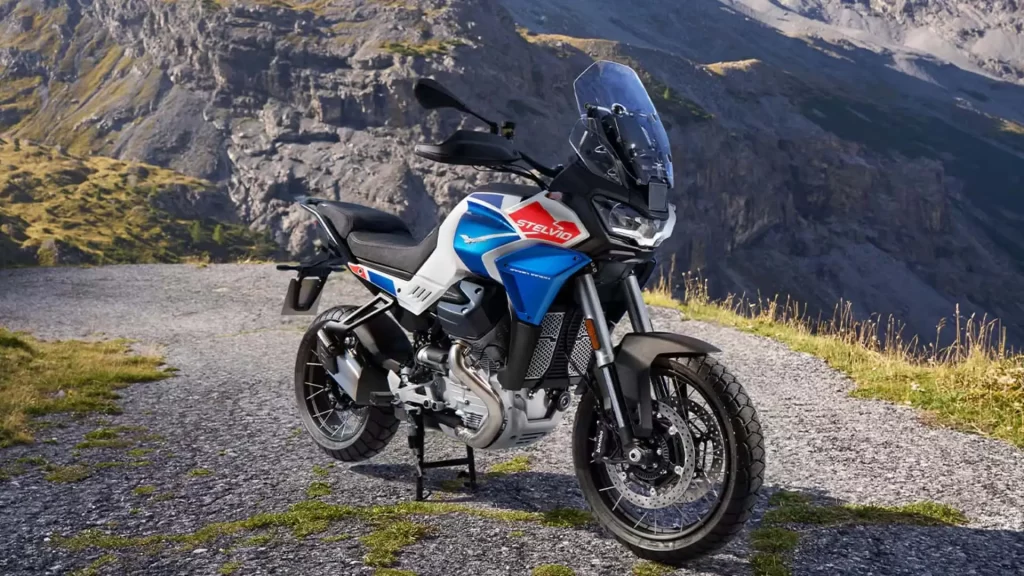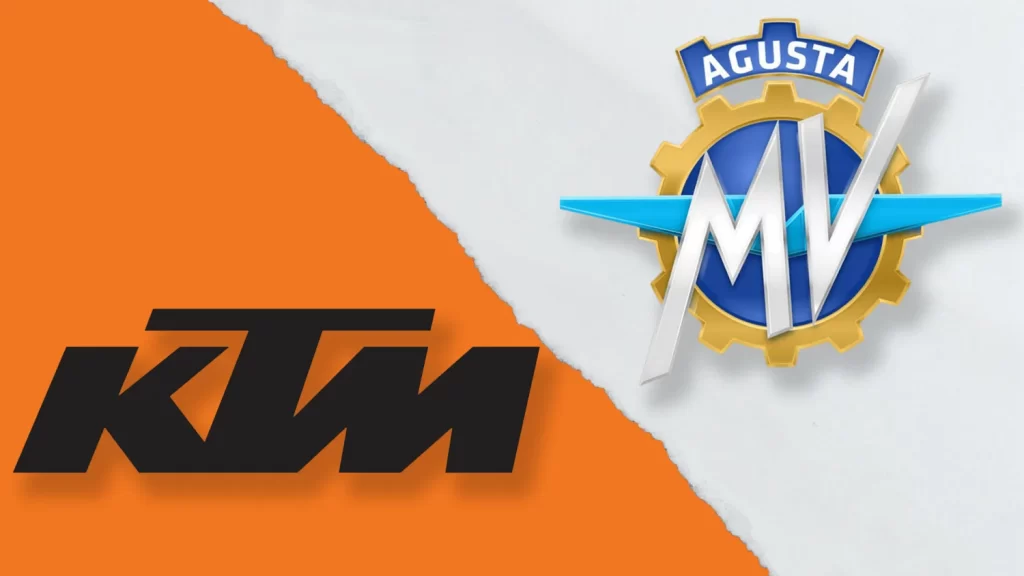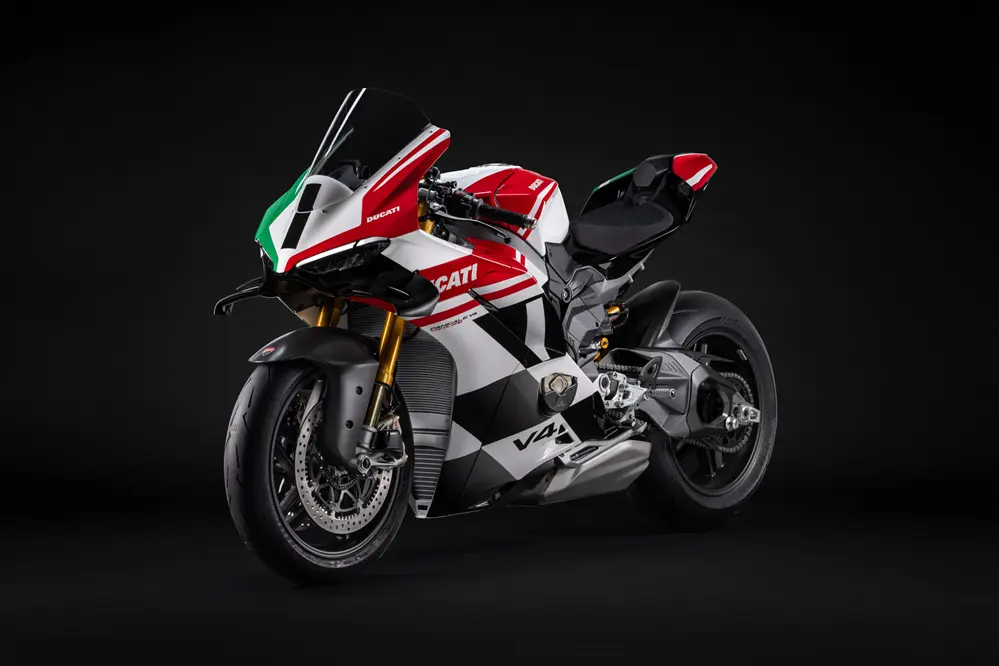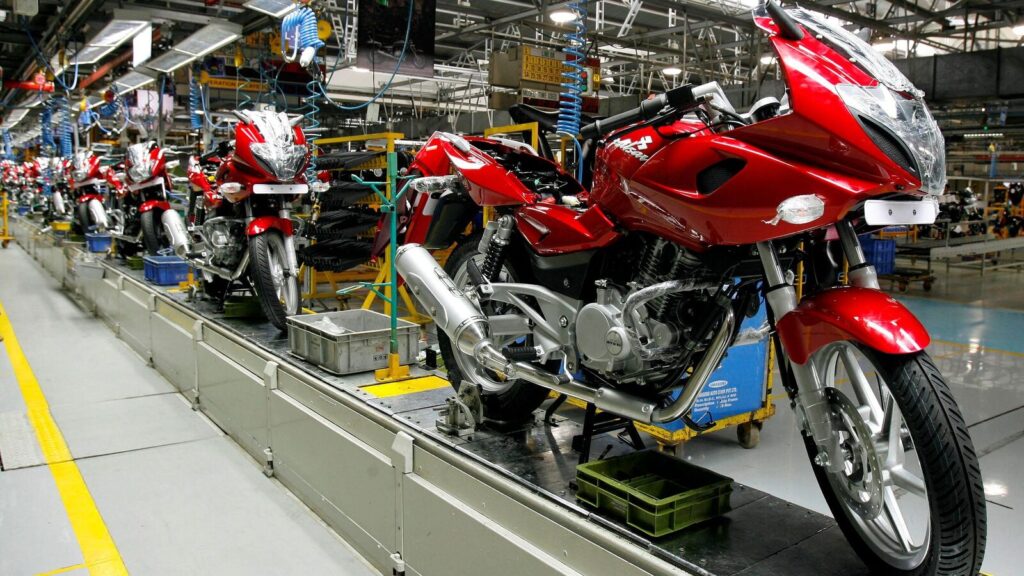Suzuki Malaysia launched the Suzuki Avenis and Suzuki Burgman Street EX scooters, aimed at strengthening the brand’s presence in Malaysia’s small capacity scooter segment.
While both models share the same platform, Suzuki says the Avenis is aimed at younger riders while the Burgman Street EX is a more premium offering.
Highlights of the Suzuki Avenis
- A 4-stroke, air-cooled, SOHC 125cc Suzuki Eco Performance (SEP) engine.
- It produces 8.6 HP (8.7 PS) of peak power at 6,750 RPM and 10 Nm of torque at 5,500 RPM.
- Compact LCD screen with an intuitive layout and an eco indicator light for fuel-efficient operation.
- External hinge-type fuel cap located conveniently at the rear behind the seats.
- 21.5 litres of under-seat storage, two helmet hooks, and two utility hooks for additional items.
- 5.2-litre fuel tank capacity.
- The three colour options are Metallic Matte Fibroin Grey with Metallic Lush Green, Metallic Matte Black with Glass Sparkle Black, and the special Metallic Sonic Silver with Triton Blue ‘GP Edition’.
- The standard colours are priced at RM 6,980.00, while the GP Edition is priced at RM 7,200.00 (nett selling prices, not on the road).
Highlights of the Suzuki Burgman Street EX
- A 4-stroke, air-cooled, SOHC 125cc Suzuki Eco Performance-Alpha (SEP-α) engine.
- It produces 8.6 HP (8.7 PS) of peak power at 6,750 RPM and 10 Nm of torque at 5,500 RPM.
- Equipped with Engine Auto Stop-Start (EASS) and Suzuki Silent Starter System.
- Longer wheelbase for better stability, planted feel, and a comfortable riding experience.
- Extended floorboards offer both flexibility in foot positioning and comfort during long rides.
- 21.5 litres of under-seat storage, two helmet hooks, and two utility hooks for additional items.
- A closable front compartment with a USB charging port and easy access to front storage compartments.
- A larger 5.5 Litres fuel tank capacity, best in its class.
- The Burgman Street EX comes in two colour options – Pearl Moon Stone Gray and Metallic Mat Black.
- It is priced at RM 7,500 (nett selling price, not on the road).
Suzuki Avenis Photo Gallery



